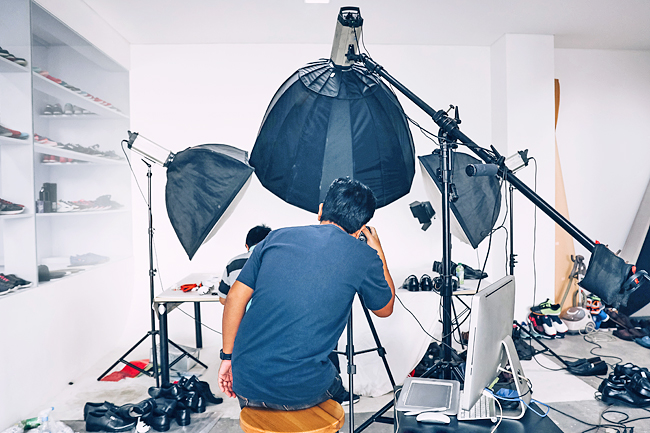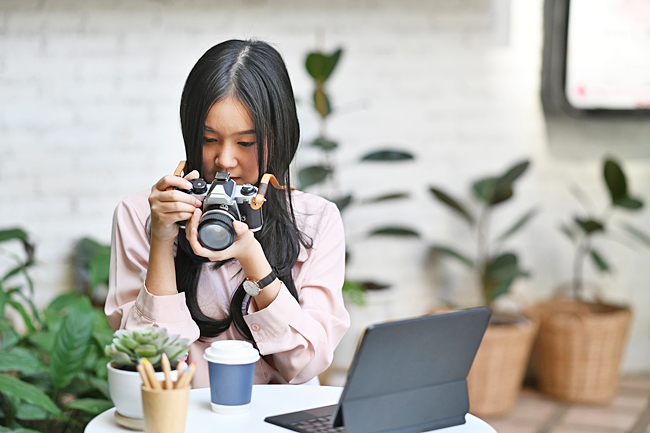The unspoken rules of photography.
Photography etiquette, often overlooked in our digital age, significantly contributes to upholding the art and integrity of this powerful medium. In a world where almost everyone possesses a camera, whether it’s a smartphone or a professional DSLR, understanding and practicing proper etiquette is important.
Etiquette here goes beyond mere politeness as it’s about respecting individuals’ privacy, safeguarding cultural and historical heritage, and ensuring that the photographic process remains a respectful and meaningful form of communication.
By adhering to photography etiquette, not only can we create more compelling and respectful images, but also contribute to a more considerate and harmonious coexistence in our visually-driven society.
Talking in aspects of event-based photography – or speaking from a photo journalistic point of view – our manners can slip at times, especially when we find ourselves amidst a bustling crowd with a pressing need to capture a photograph swiftly.
Unintentional pushing might happen, intruding, or disregarding privacy and belonging of others.
It’s not our intent, but on occasion, the sway of group behaviour can overpower us. Comprehending the ethics of photojournalism can pose a challenge for newcomers to the field. Nevertheless, this topic holds immense significance because your credibility as a photojournalist is on the line when you present a photograph as an accurate representation of newsworthy events.
The National Press Photographers Association (NPPA) Code of Ethics provides nine ethical principles for its member journalists.
The first is accurately portray subjects, resist manipulation by staged photos, steer clear of bias and stereotypes in your work, furnish comprehensive information and context, show consideration for the individuals you photograph, avoid influencing the actions of your subjects, ensure that your editing doesn’t misrepresent the subjects in your photos, refrain from compensating individuals involved in your photographs or in obtaining them, decline gifts or favours from those connected to your photos, and lastly, abstain from purposefully disrupting the work of other journalists.
These guidelines serve as a foundational framework not only for NPPA members but also for photojournalists in general.

UTILISE YOUR PHOTOGRAPHER’S JUDGEMENT
In general, individuals tend to be less fond of those who are excessively loud or boastful. Whether it involves loudly bragging about a remarkable photo you’ve taken or flaunting needlessly expensive equipment, being overly indiscreet doesn’t win you favour with others.
However, if you’ve captured an exceptional shot, it’s a good idea to share it with your friends and peers by turning the camera’s LCD toward them and asking, “What are your thoughts?” You’re far more likely to receive a positive response compared to broadcasting it loudly.
DEMONSTRATE REVERENCE FOR INDIVIDUALS AND THEIR SURROUNDINGS
Demonstrate consideration for both individuals and their property. Showing respect for people means honouring their preferences.
If someone expresses a desire not to be photographed, it’s important to acknowledge their request by putting your camera away and seeking another subject.
Likewise, when it comes to photographing someone’s property or belongings, it’s equally important to display respect.
In the case of private property, unless you are on a public access, it’s essential to adhere to the property owner’s wishes.
Always seek permission before capturing images on any private property, even if the subject matter you intend to capture is within the public domain.
ACQUIRE KNOWLEDGE ABOUT YOUR SURROUNDINGS
Invest the necessary time to comprehend both the culture of the people and the surroundings you intend to photograph.
Although globalisation has brought us closer together, it remains crucial to recognise the array of perspectives that coexist.
Prior to embarking on a journey to a new destination, make a sincere attempt to conduct research and gain insights into how the local community is likely to view your presence, considering your roles as both a photographer and an individual.
Your cultural awareness will open doors to opportunities that would otherwise remain closed due to ignorance.
INTERACTING WITH PEOPLE DURING YOUR PHOTOGRAPHY SESSIONS AND MAINTAINING HUMILITY
Avoid being the person who remains distant or unfriendly – choose to interact with individuals, whether they are fellow members of your local camera club or residents of an exciting, unfamiliar location.
While photography may naturally lead to solitary experiences, it doesn’t imply you should isolate yourself.
Even the most introverted individuals can initiate conversations with a warm smile or a simple compliment.
Much like understanding, being sociable can unveil numerous fresh opportunities for you.
Moreover, you might possess exceptional skills as a photographer within your field, but if you boast about it excessively, you’ll likely push people away.
Simplicity and humility are straightforward yet highly effective qualities that make you more appealing to others.

PRESERVE AND SAFEGUARD EVERY FOOTPRINT, WHETHER AS A PHOTOGRAPHER OR A PERSON
A well-known saying often displayed on signposts in picturesque places reads, ‘Take only photographs, leave only footprints’.
This is a guideline that photographers should consistently follow, regardless of their location.
Our role as photographers is to document the world’s beauty or its less attractive aspects.
We should neither contribute to the environmental impact nor diminish it. Photographers should act as transient observers, capturing the scene and leaving no trace as if we were never there.
In summary, the etiquette standards for photographers are largely implicit, forming a moral code that should be present in our minds whenever we engage in photography.
The guidelines outlined above are merely suggestions for how photographers can behave.
Similar to the principles of composition, these guidelines are not rigid and can be adaptable.
It ultimately depends on applying our own judgement and a sense of what is ethically right and wrong.
When you encounter a situation during a photography session that demands thoughtful consideration, it’s advisable to lower your camera and allow your personal moral compass to guide you in determining the most appropriate course of action. – Khayr Zakariyya





